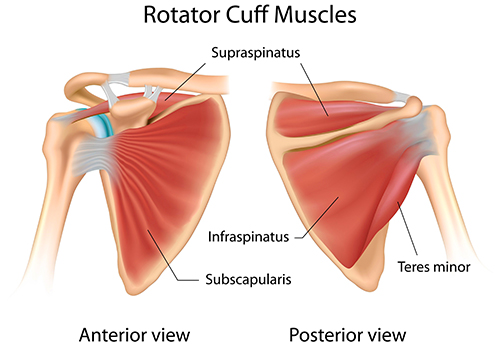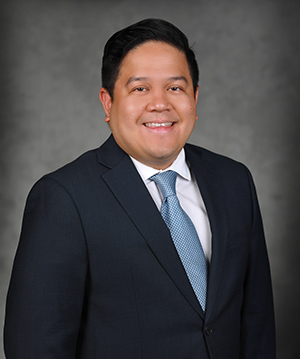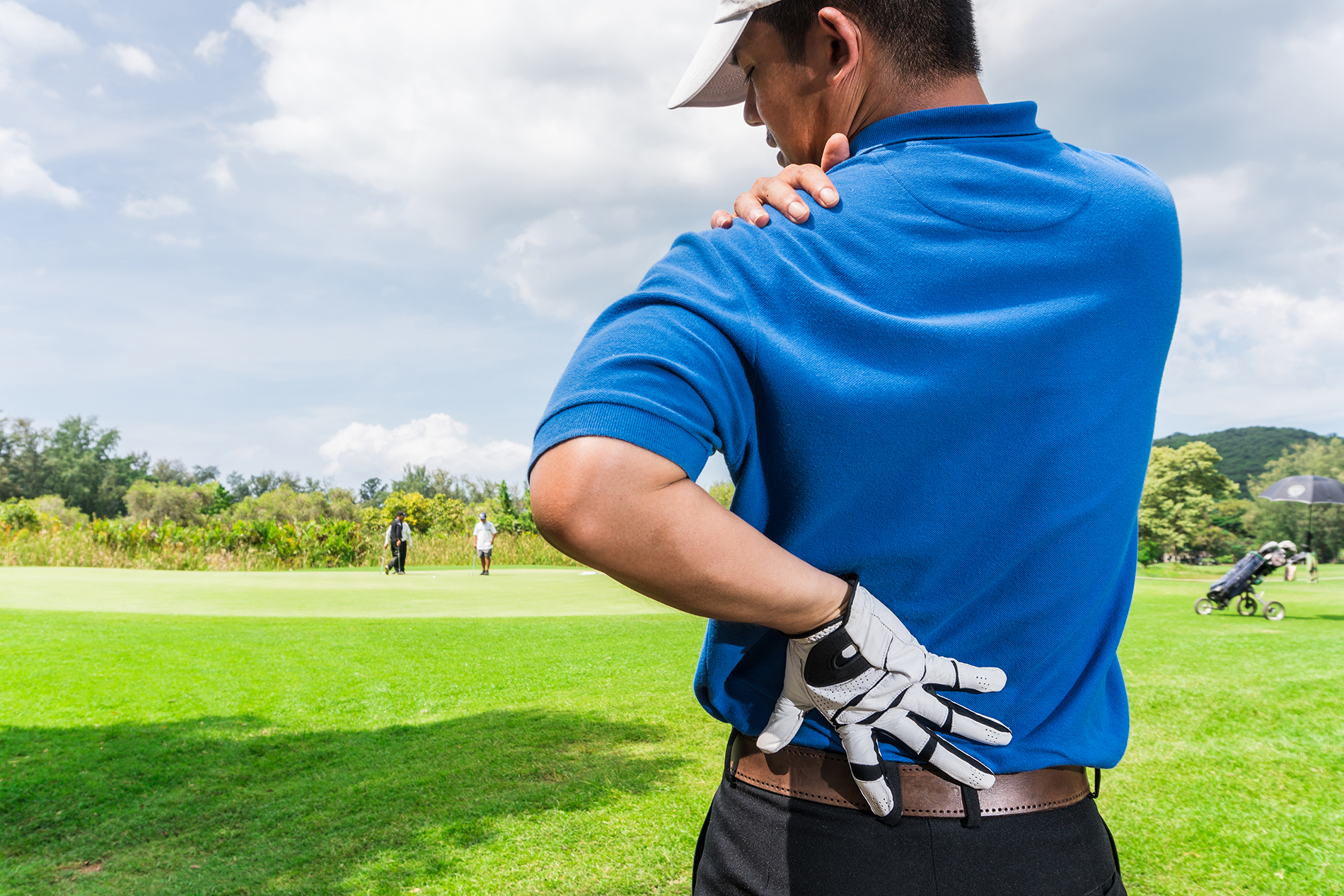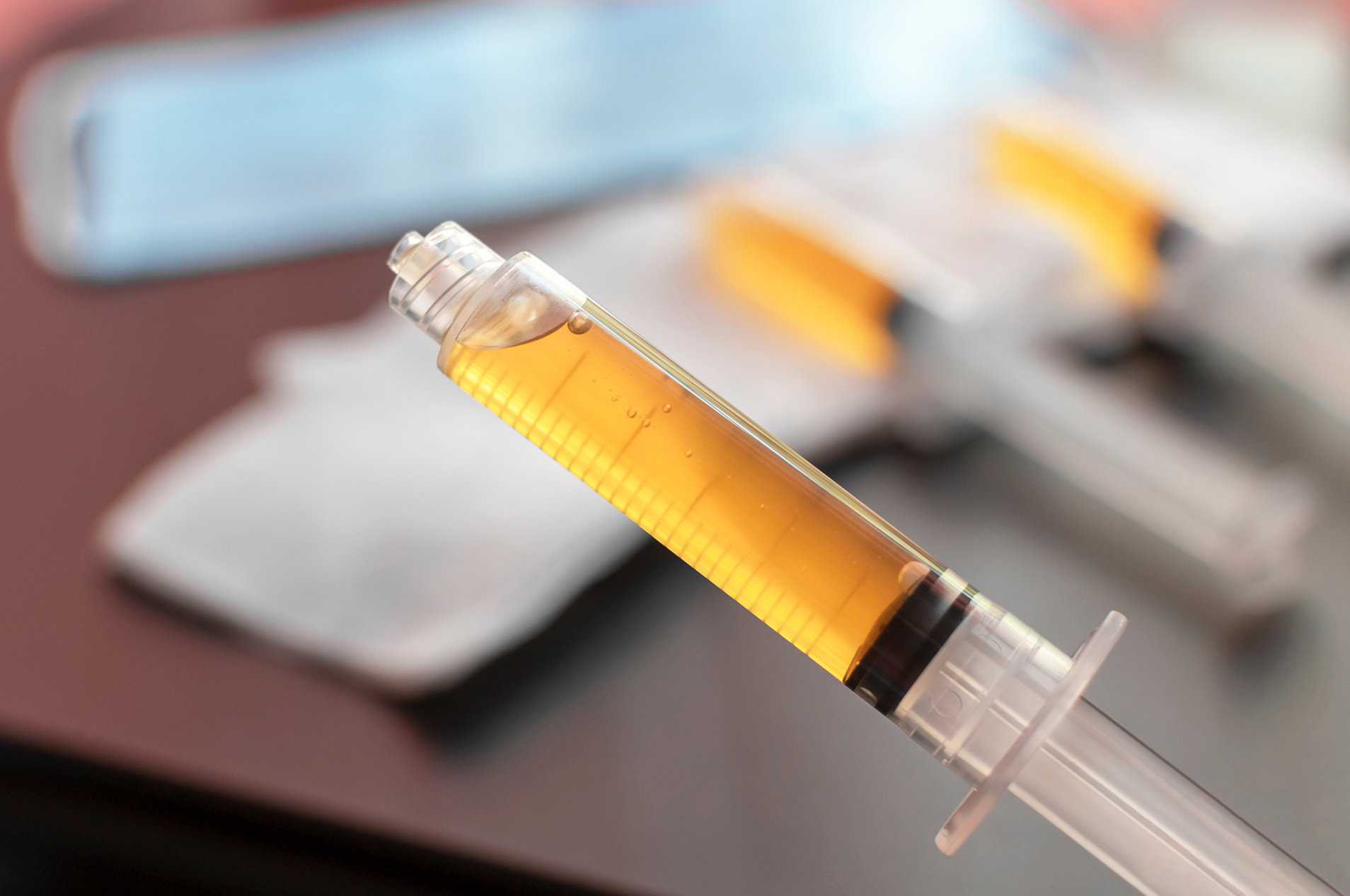If you’re having trouble lifting your arm and or are having shoulder pain, the culprit could be a tear of the rotator cuff. Daniel P. Deasis, MD, with Lexington Orthopaedics and Sports Medicine shares what you need to know.
What is the rotator cuff?
The rotator cuff is a group of four muscles that attach onto the humerus bone or the ball of the shoulder. The rotator cuff is very important in providing stability and balance to the shoulder. It serves as the foundation for shoulder function so it's very important for shoulder motion and strength.

What causes rotator cuff injuries?
While some rotator cuff tears occur suddenly from a fall, accident or dislocation, they more commonly occur over time as the tendon wears down with age and use (degenerative tear). Performing repetitive, overhead movement in a sport or on the job can lead to degeneration of the rotator cuff tendons so it’s common to see these injuries in ball players, swimmers, carpenters, painters and hair stylists. People over 40 are most at risk.
Rotator cuff tears can be partial (tendon is still attached to the bone) or complete (tendon is disconnected from the bone).
What are the symptoms of a rotator cuff injury?
The two main symptoms are shoulder pain and arm weakness. Unless the tear is caused by a sudden injury, pain usually develops gradually. The pain may be worse when lying down at night, which can cause difficulty sleeping. It can difficult perform simple tasks like brushing your hair, reaching into the backseat of a car or lifting a gallon of milk. These tears can also cause a popping or clicking sound when moving the arm.
In the case of a complete rotator cuff tear, patients are unable to lift or move their arm.
When should you see a doctor for these symptoms?
When over-the-counter medications are no longer working and you’re having pain you’re your usual daily activities, it's probably time to see a doctor.
What are the options for treating rotator cuff tears?
For partial tears, we want to try conservative treatments first. I often begin by giving patients a series of exercises to perform at home to strengthen the shoulder or refer them to physical therapy. If they are already taking an over-the-counter pain reliever live naproxen or ibuprofen, I encourage them to try that.
If the pain is more significant, we can inject a steroid into the shoulder to reduce pain and inflammation.
When is surgery indicated?
If we tried conservative treatments and you are still having pain, the next step would be an MRI to look at the severity of the tear. Depending on the results, we can discuss if surgery is right for you.
What can patients expect from surgery?
Recovery is a process and people sometimes underestimate the time it takes to recovery from rotator cuss surgery. After surgery, patient must wear a sling for several weeks. Physical therapy is critical to a good surgical outcome so patients will have several months of physical therapy. On average, it takes 8 to 12 weeks for the surgically repaired tendon to heal back down to the bone. So, I tell my patients to expect a 4- to 6-month recovery.

Daniel P. Deasis, MD, with Lexington Orthopaedics and Sports Medicine






Leave a comment